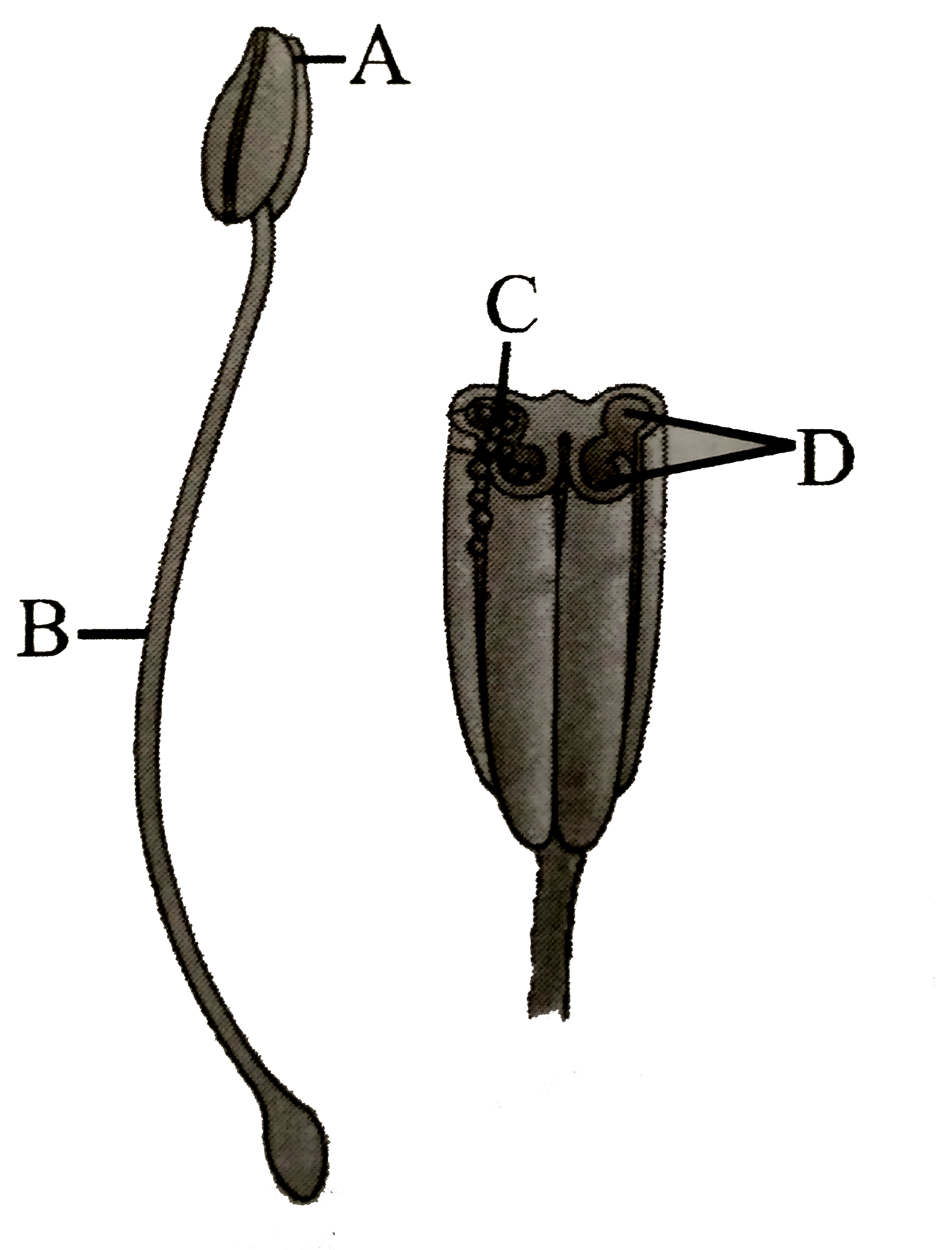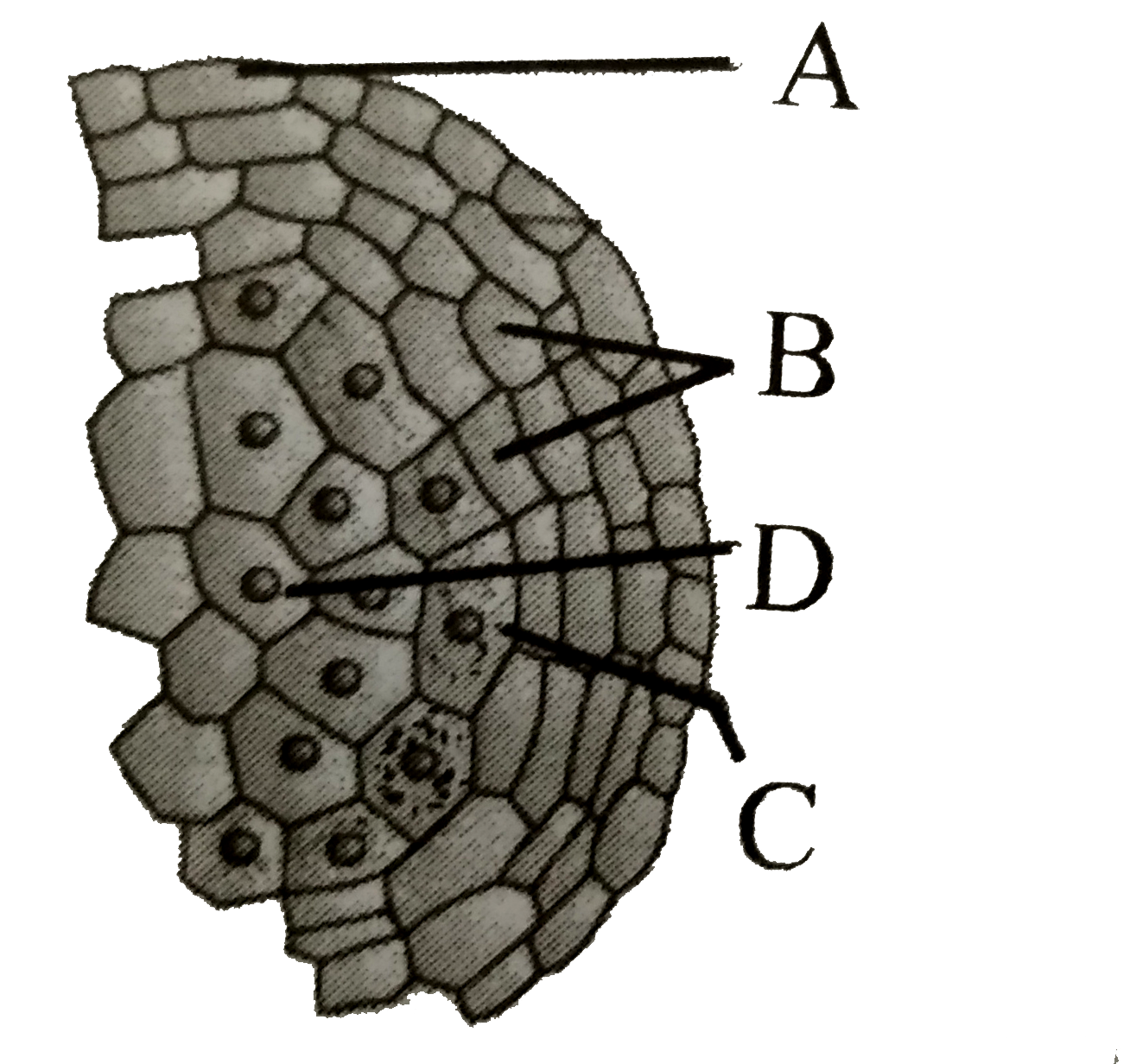The cranial nerve that goes far down to the abdominal organs is
(a) auditory
(b) trigeminal
(c) occulomotor
(d) vagus
auditory
trigeminal
occulomotor
vagus
To solve the question regarding which cranial nerve extends down to the abdominal organs, we can follow these steps:
1. Understand the Question: The question asks for the cranial nerve that extends to the abdominal organs. We need to identify which of the given options fits this description.
2. Review the Options: The options provided are:
- (a) Auditory
- (b) Trigeminal
- (c) Oculomotor
- (d) Vagus
3. Recall the Functions of Each Cranial Nerve:
- Auditory Nerve: Primarily responsible for hearing and balance; does not innervate abdominal organs.
- Trigeminal Nerve: Responsible for sensation in the face and motor functions such as biting and chewing; does not extend to abdominal organs.
- Oculomotor Nerve: Controls eye movements and pupil constriction; does not innervate abdominal organs.
- Vagus Nerve: Known as the 10th cranial nerve, it has a broad range of functions, including innervation of the heart, lungs, and abdominal organs.
4. Identify the Correct Answer: The vagus nerve is the only cranial nerve listed that extends far down into the abdominal cavity, providing parasympathetic innervation to various organs. Therefore, the correct answer is:
- (d) Vagus
5. Conclusion: The cranial nerve that goes far down to the abdominal organs is the vagus nerve.
Final Answer
The cranial nerve that goes far down to the abdominal organs is (d) vagus.
---
- (a) Auditory
- (b) Trigeminal
- (c) Oculomotor
- (d) Vagus
- Auditory Nerve: Primarily responsible for hearing and balance; does not innervate abdominal organs.
- Trigeminal Nerve: Responsible for sensation in the face and motor functions such as biting and chewing; does not extend to abdominal organs.
- Oculomotor Nerve: Controls eye movements and pupil constriction; does not innervate abdominal organs.
- Vagus Nerve: Known as the 10th cranial nerve, it has a broad range of functions, including innervation of the heart, lungs, and abdominal organs.
- (d) Vagus
The cranial nerve that goes far down to the abdominal organs is (d) vagus.
Topper's Solved these Questions
- BOOK - ICSECHAPTER - NEURAL CONTROL AND COORDINATIONEXERCISE - (Review question) Fill in the blanks10videos
NEURAL CONTROL AND COORDINATION
- BOOK - ICSECHAPTER - NEURAL CONTROL AND COORDINATIONEXERCISE - (Review question) Matching1videos
NEURAL CONTROL AND COORDINATION
- BOOK - ICSECHAPTER - NEURAL CONTROL AND CO-ORDINATION EXERCISE - NCERT EXERCISES WITH ANSWER (DIFFERENTIATE BETWEEN)11videos
NEURAL CONTROL AND CO-ORDINATION
- BOOK - ICSECHAPTER - PHOTOMORPHOGENESIS IN PLANTSEXERCISE - REVIEW QUESTIONS (LONG ANSWER TYPE QUESTIONS)6videos
PHOTOMORPHOGENESIS IN PLANTS
Similar Questions
Knowledge Check
- Question 1 - Select One
The auditory receptors are present
(a) in cochlea
(b) in nose
(c) on tongue
(d) in retinaAin cochleaBin noseCon tongueDin retina - Question 2 - Select One
Olfactory nerve helps the animal to
(a) hear
(b) smell
(c) taste
(d) visionAhearBsmellCtasteDvision - Question 3 - Select One
The organ that helps in hearing is
(a) cochlea
(b) organ of Corti
(c) semicircular canals
(d) ear ossiclesAcochleaBorgan of CortiCsemicircular canalsDear ossicles

Write down the name of A, B, C and DView SolutionDuring development which of the following organs is formed first
(a) Heart
(b) Brain
(c) Neural tube
(d) SkinView SolutionWhich one of the following is not a nitrogen-fixing organism ? (a) Anabaena (b) Nostoc (c) Azotobacter (d) Pseudomonas
View Solution
Write down the name of A, B, C, D and EView SolutionChordates differ from non-chordates in having
(a) Bilateral symmetry
(b) Heart
(c) Notochord
(d) Nerve cordView Solution


